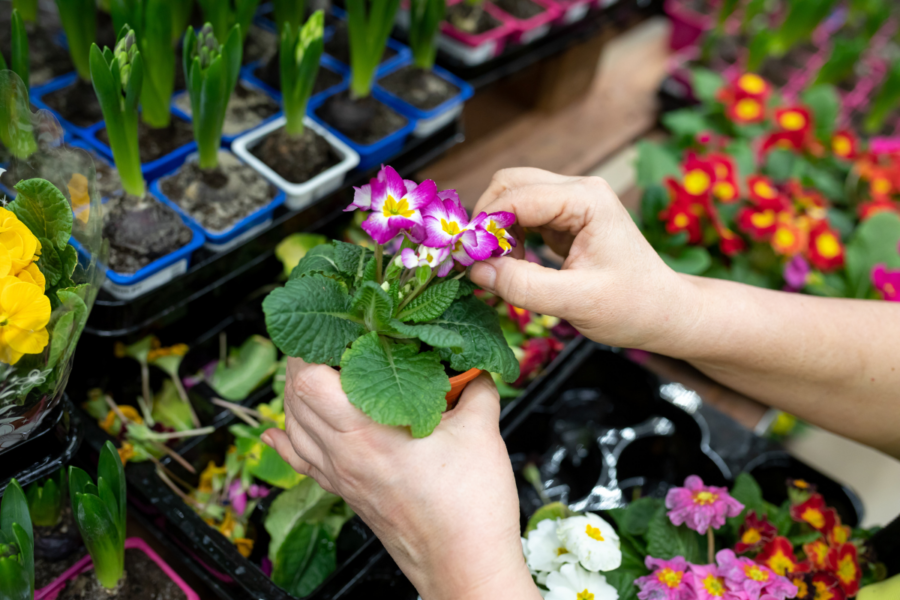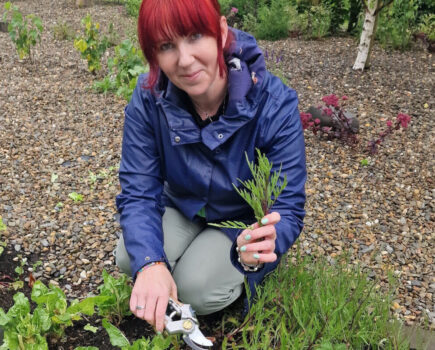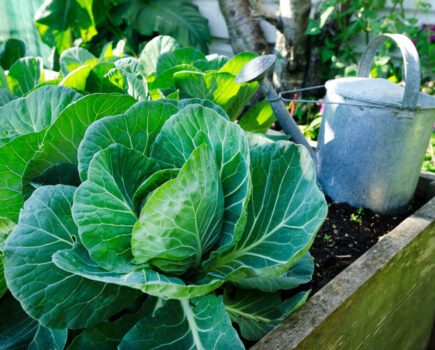Market stalls and car boot sales can hold many treasures
We have been looking for an evergreen scented honeysuckle to scramble up a bare trellis on the back wall of the house. The local garden centre was the obvious first port of call, but their plants cost in the region of £20 and I was hesitant to splash that much cash. (And before anyone jumps down my throat about growing costs and overheads, yes, I appreciate that garden centres are facing tough financial times – but so are the rest of us!)
A mix of bad weather, cost of living and the effects of Brexit border controls has pushed up the price of plants across the board, so it pays to hunt around before buying. In the end we went to our local weekly market, which is usually attended by a selection of local nurseries, and found a robust Lonicera japonica to plant against the trellis. It was less than half what a garden centre equivalent would have cost and was roughly around the same size, so we were delighted with our find.
Honeysuckles are low-maintenance climbers that are easy to grow. Some are evergreen, some deciduous and their flowers come in a range of shades from white and yellow through to the deepest pink. Although they are prized for their fragrance, not all are scented so check the label before you buy.
Honeysuckles do best in dappled or partial shade where their leaves are out of danger of scorching in harsh sunlight. Avoid total shade as this will reduce their flowering. If you are planting climbers to scramble up a wall, make sure there is a gap between the plant and the base of the wall to give the roots room to spread and also encourage good airflow around the plant.
Last issue I said I rarely use fertiliser when planting as ‘tough love’ can create stronger growth. However, as the soil where the honeysuckle was put has previously grown other plants, I did add some Growmore as well as homemade compost to give the roots an initial boost.
Planting climbers
Give them room to grow

1. Make your planting hole and add some general fertiliser and/or well-rotted homemade compost.

2. After standing your plant in water for 30 mins, slide it from its pot and gently untangle any constricted roots.

3. Plant it at the depth of its rootball and firm down the soil to give support and knock out air pockets.
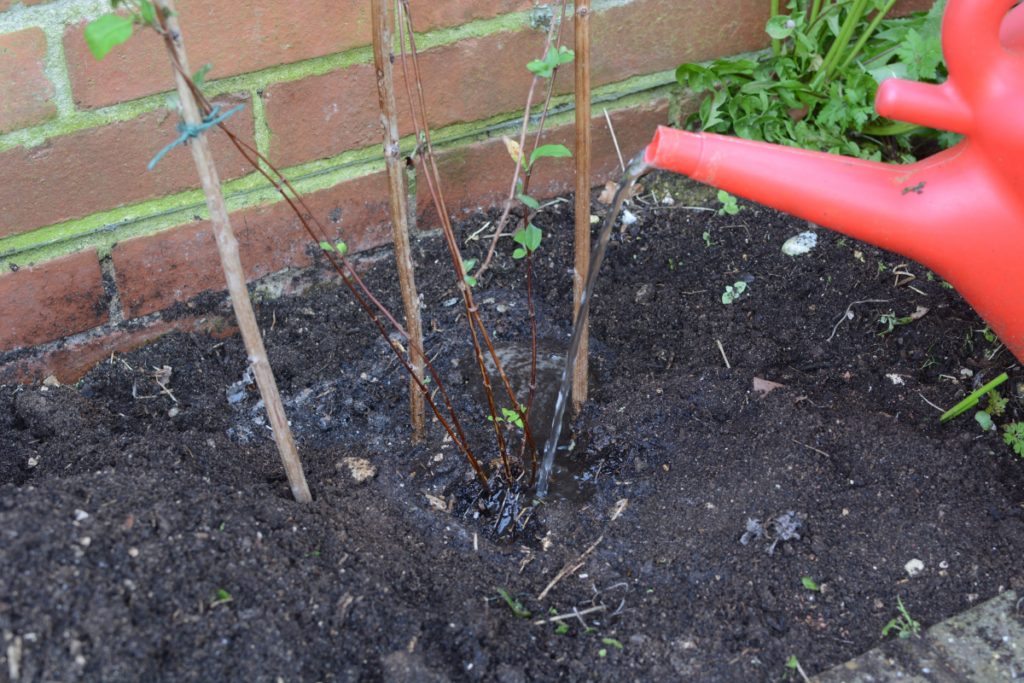
4. Water generously and keep the soil damp while the plant gets established, especially through dry periods.
Money savers to do now

1. Keep taking cuttings using soft new growth to make more plants for free. Shrubs and perennials are easy to propagate now.
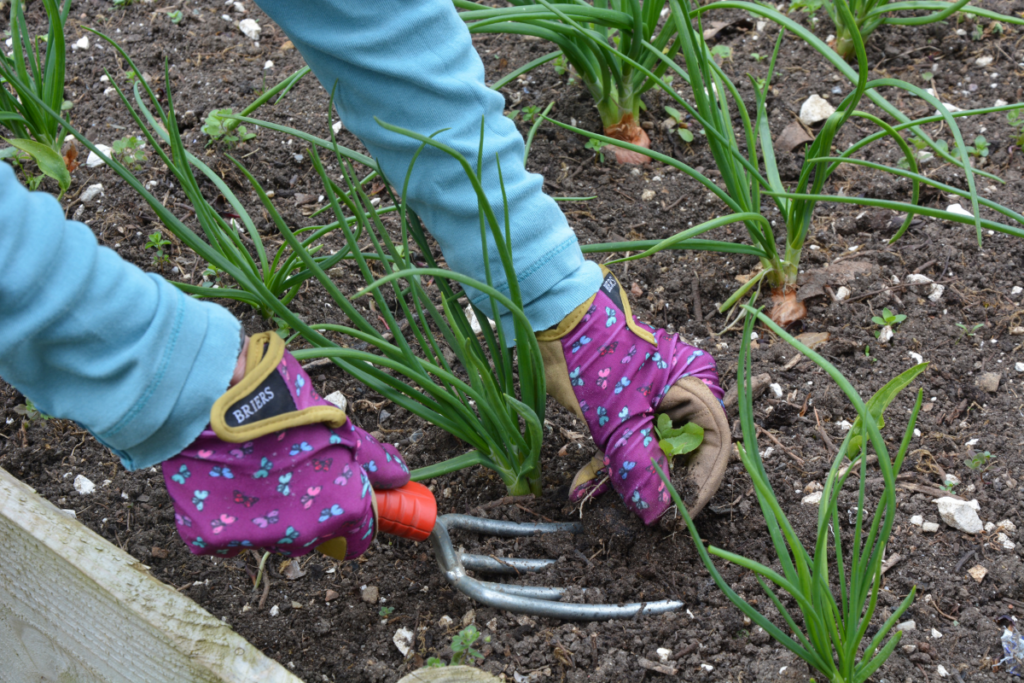
2. Keep your veg healthy with regular weeding, especially among garlic and onions whose thin leaves give lots of room for weeds to grow.
Find more tips, advice and articles like this at the Amateur Gardening website. Subscribe to Amateur Gardening magazine now.

